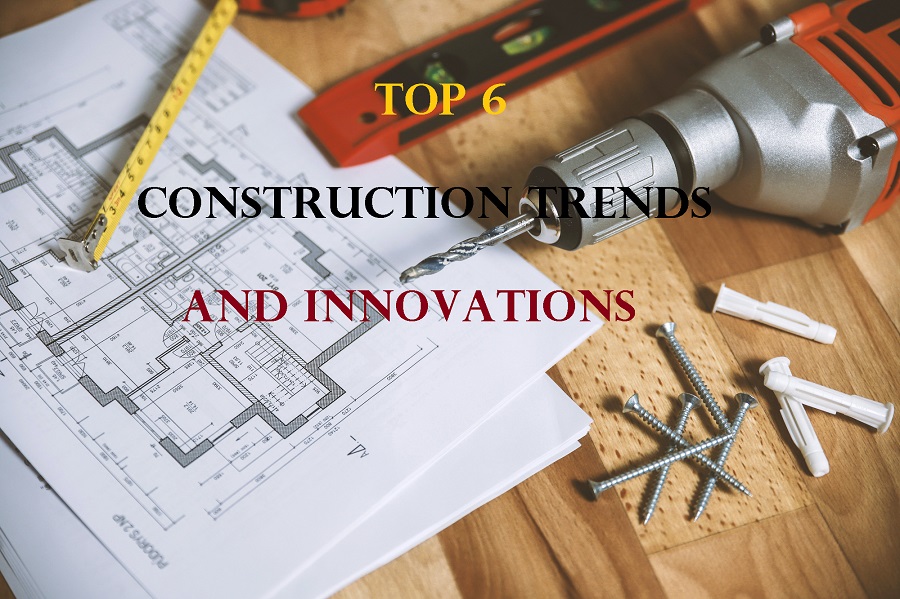 With changes in technology and society come trends and innovations that will define the construction and engineering industries in the coming years. Stay ahead of what’s about to happen and make the necessary plans so you can ride with what is going to be popular in the coming years.
With changes in technology and society come trends and innovations that will define the construction and engineering industries in the coming years. Stay ahead of what’s about to happen and make the necessary plans so you can ride with what is going to be popular in the coming years.
1. Offsite construction
An emerging trend in the construction industry is to allow the design, manufacture, and fabrication of some of the building elements in factories instead of being onsite. This is gradually becoming the preferred option since it offers a more sustainable, cheap, quality, and safe production process. Prefabrication means that there will be less waste in the production process and you can allow experts to do their job properly.
2. Use of robotics
The construction precise requires a loot of precision, consistency, and repetition. That’s why, automation is a highly plausible future for this industry. Expect to see the inclusion of robotics solutions in tasks like bricklaying, painting, welding, rebar typing, and many more. It is also a viable option for tasks that require the use of heavy equipment or those that put workers in danger.
3. Worker safety
Now more than ever, the industry has seen the value of workers. Expect new and innovative technologies that ensure the safety and protection of workers. For example, sensors are being developed today to detect signals in the construction site. These technologies are meant to identify hazards and provide the necessary protocols to ensure the safety of the workers.
Take note that this trend does not only involve technology and tools. The work culture and environment are expected to change as well.
4. 3D printing
Also known in the industry as additive construction, 3D printing allows flexibility and innovation in design, environmental soundness, and overall efficiency of the construction process. The process can use different types of materials such as 3D-printed concrete, basalt, and geopolymers.
3D printers can print an entire building or just modular parts. Having the capability to manufacture modular components of a building is advantageous in terms of portability, scalability, and accessibility. 3D-printed buildings are now being considered as one of the innovative solutions to widespread homelessness in the United States and the world.
5. Green constructions
Green construction refers to the adoption of environmentally friendly practices starting with planning to the end of the construction project. These practices include using fewer resources, reducing waste from the construction process, and optimizing energy consumption. Once a building has been constructed, sustainability can also be achieved by ensuring that the building emits net-zero carbon.
6. New building materials
With the advent of 3D printed and green buildings comes new materials to supplement these innovations. New building materials are more sustainable such as bioplastics, mycelium composites, and 3D printed concrete. They are more environmentally friendly because their production emits less carbon and other greenhouse gases.
More advanced materials are now in development for the construction industry. These are aerogels, hydroceramics, and nanomaterials among others. These advanced materials offer a lot of advantages including being lighter and stronger than the older materials.
